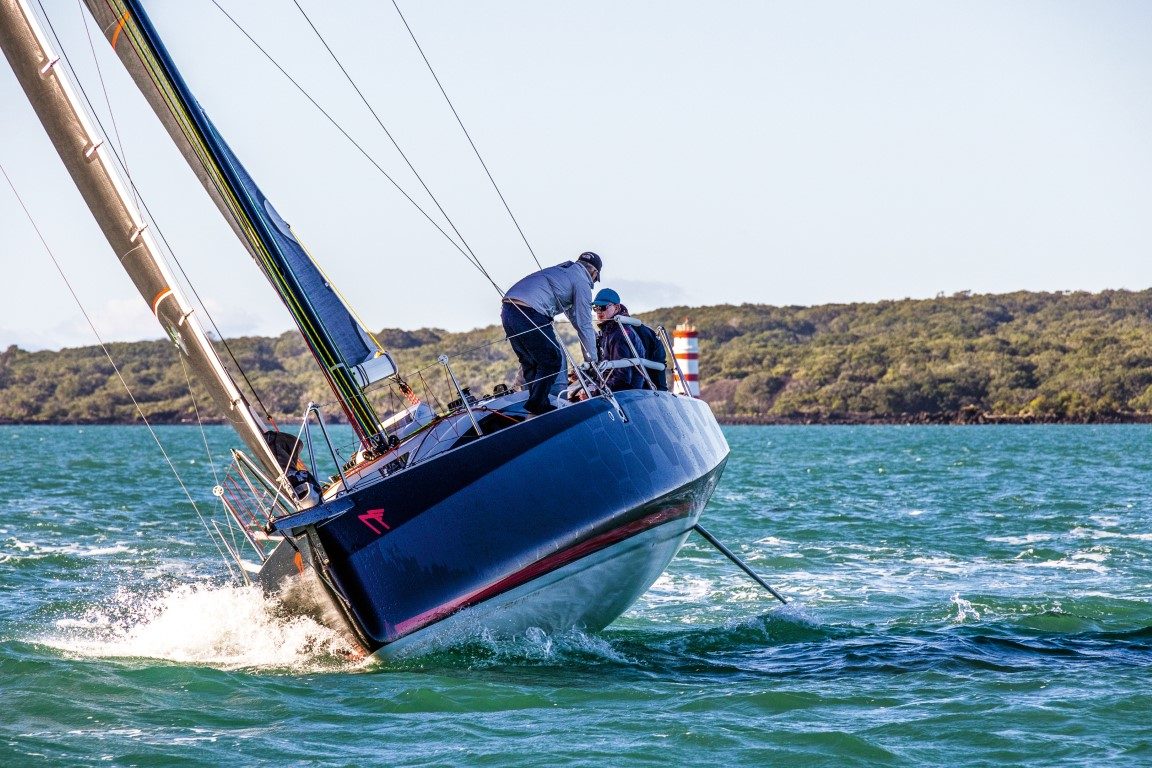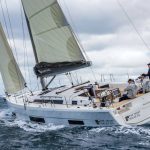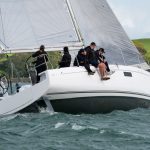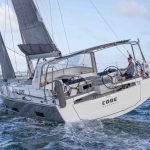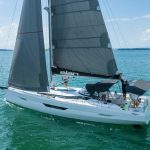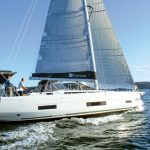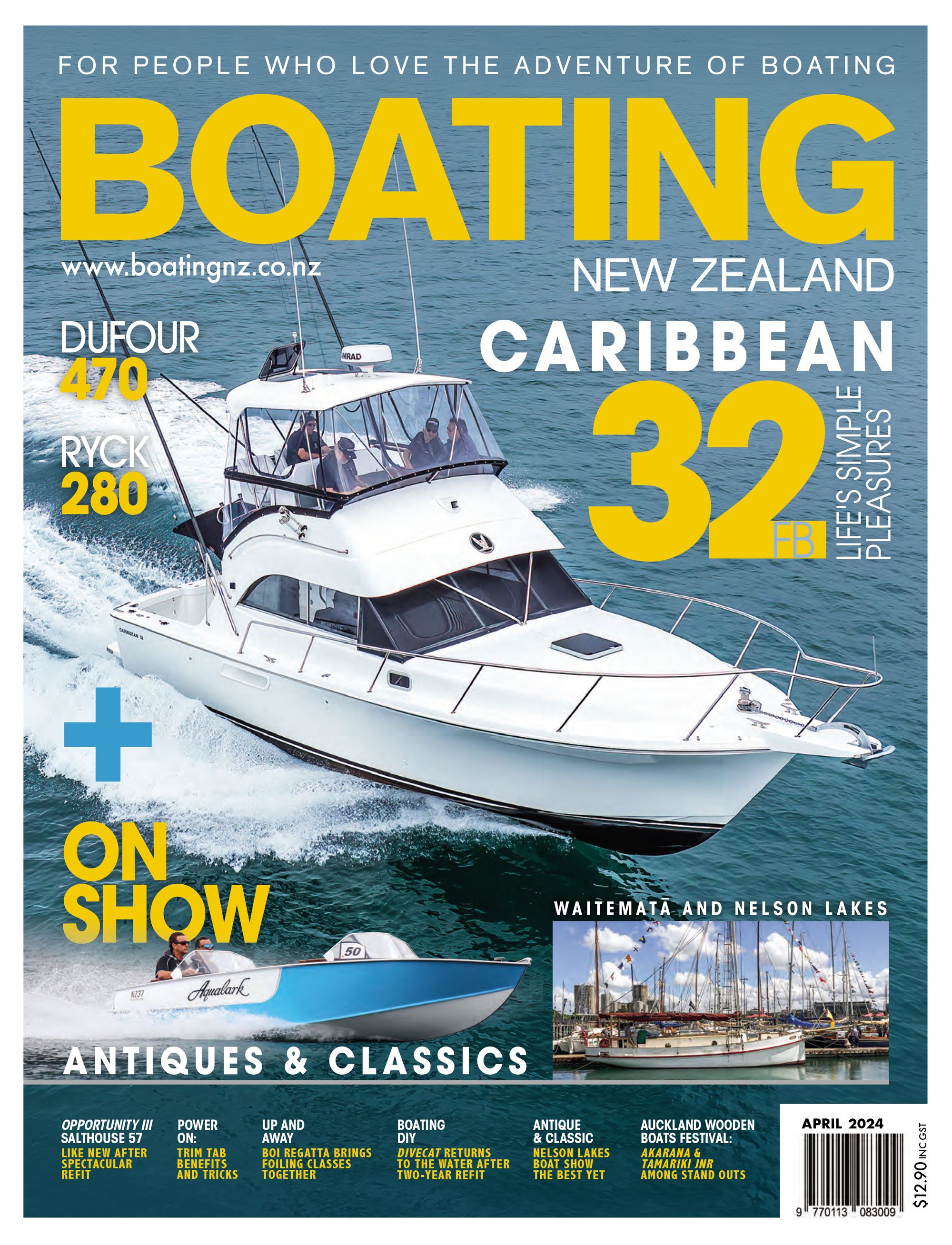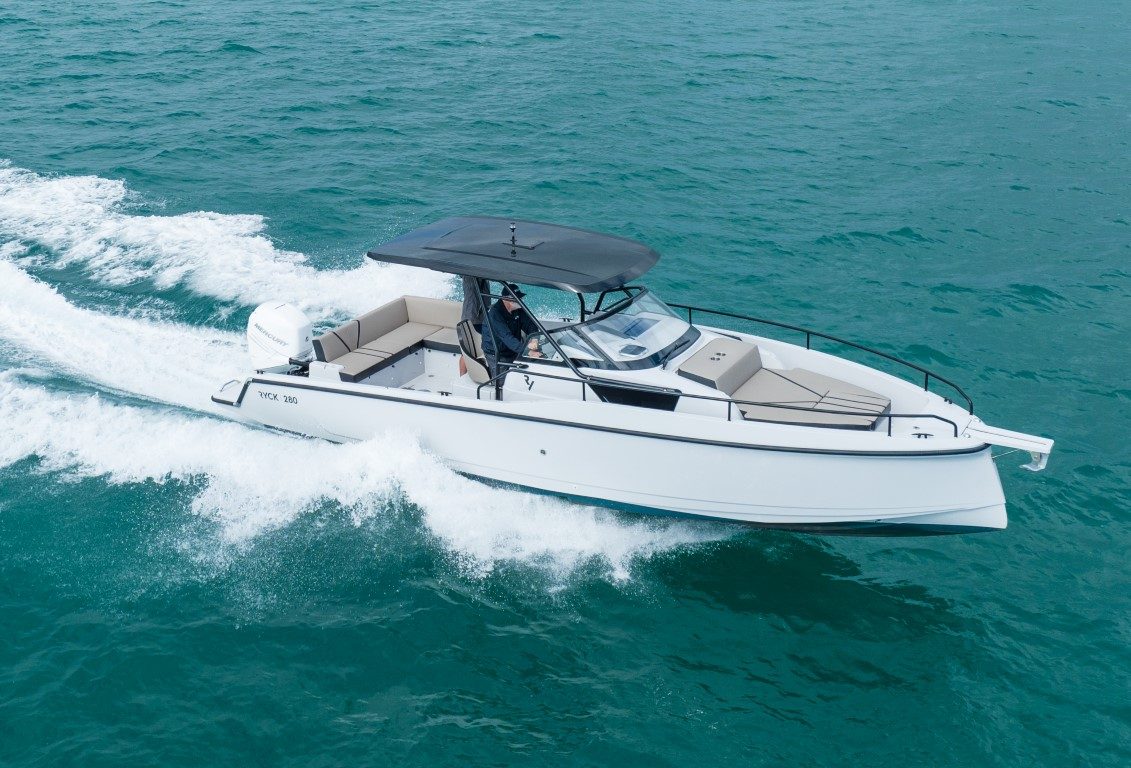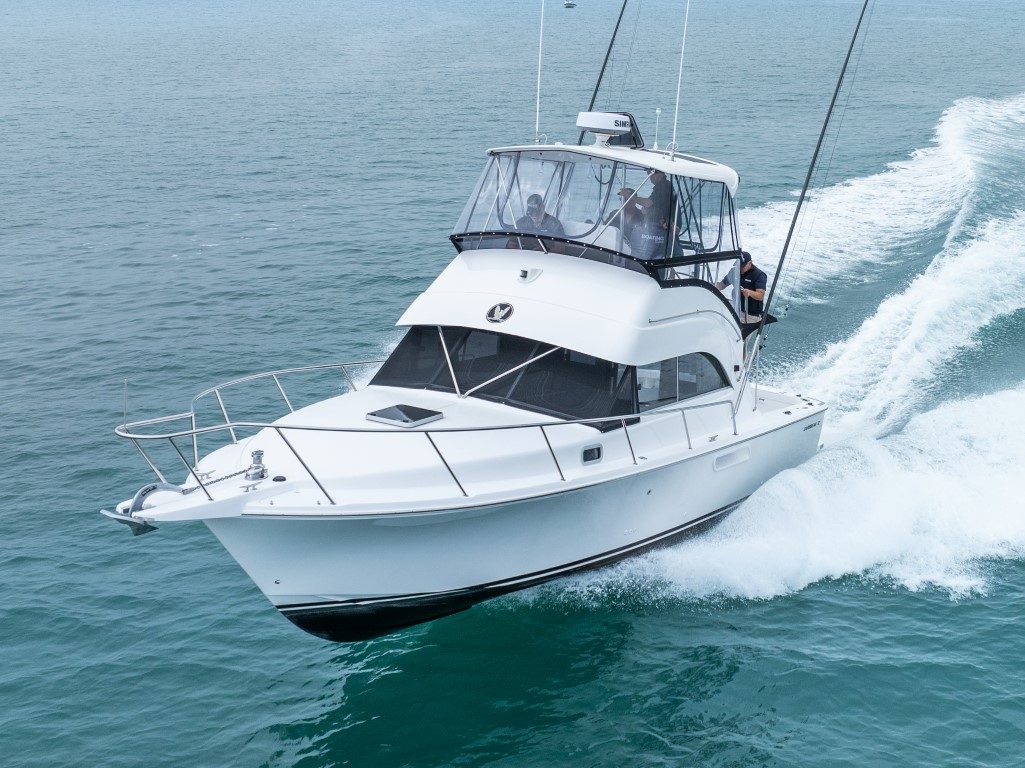She feels really easy and comfortable to sail, even in a good breeze and a chop.
- The water-ballast – quick to use and very effective
- The remarkable array of ‘standard’ items that come with the boat
- An adrenalin junkie’s delight.
- Super-responsive and quick


